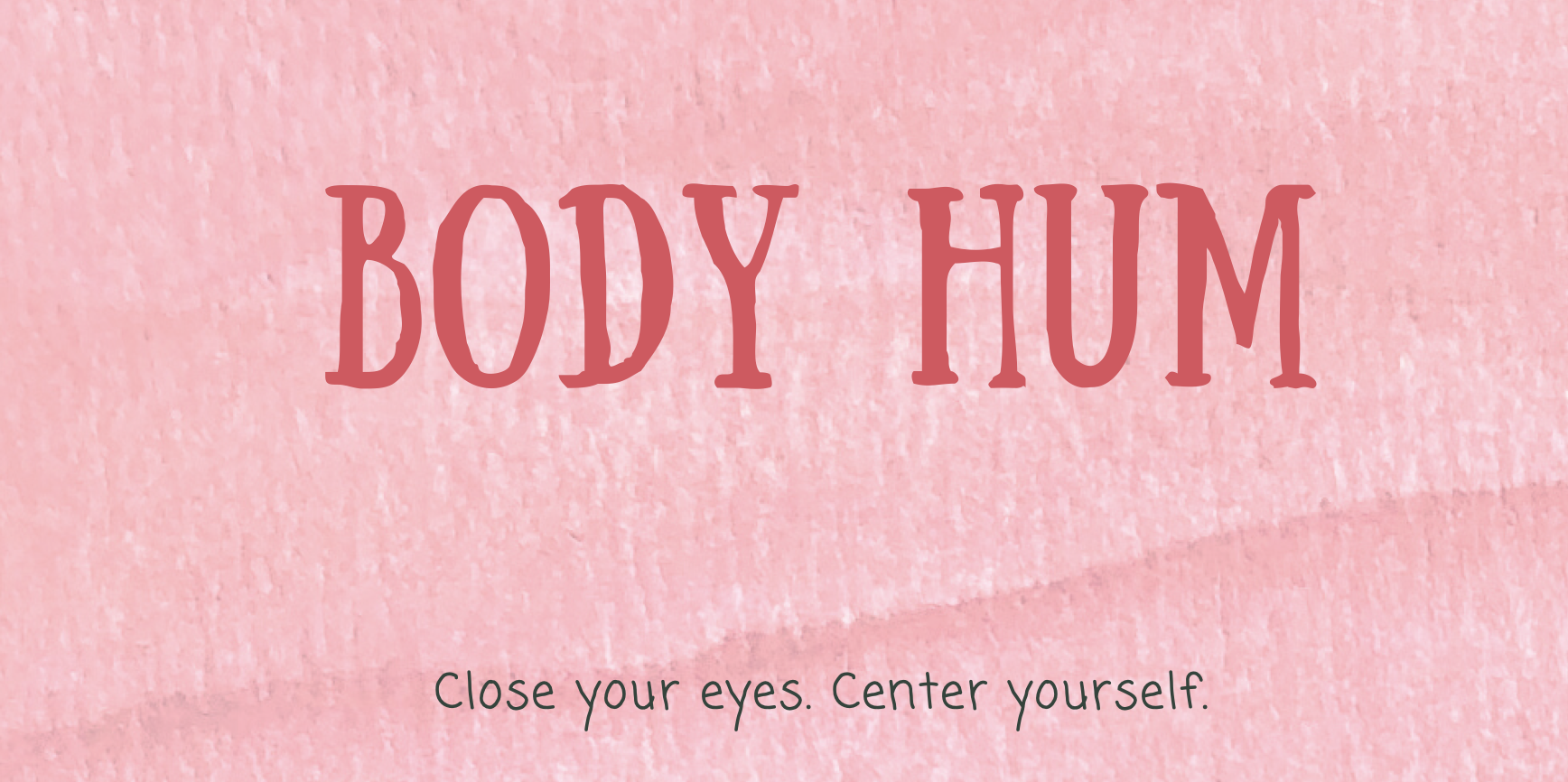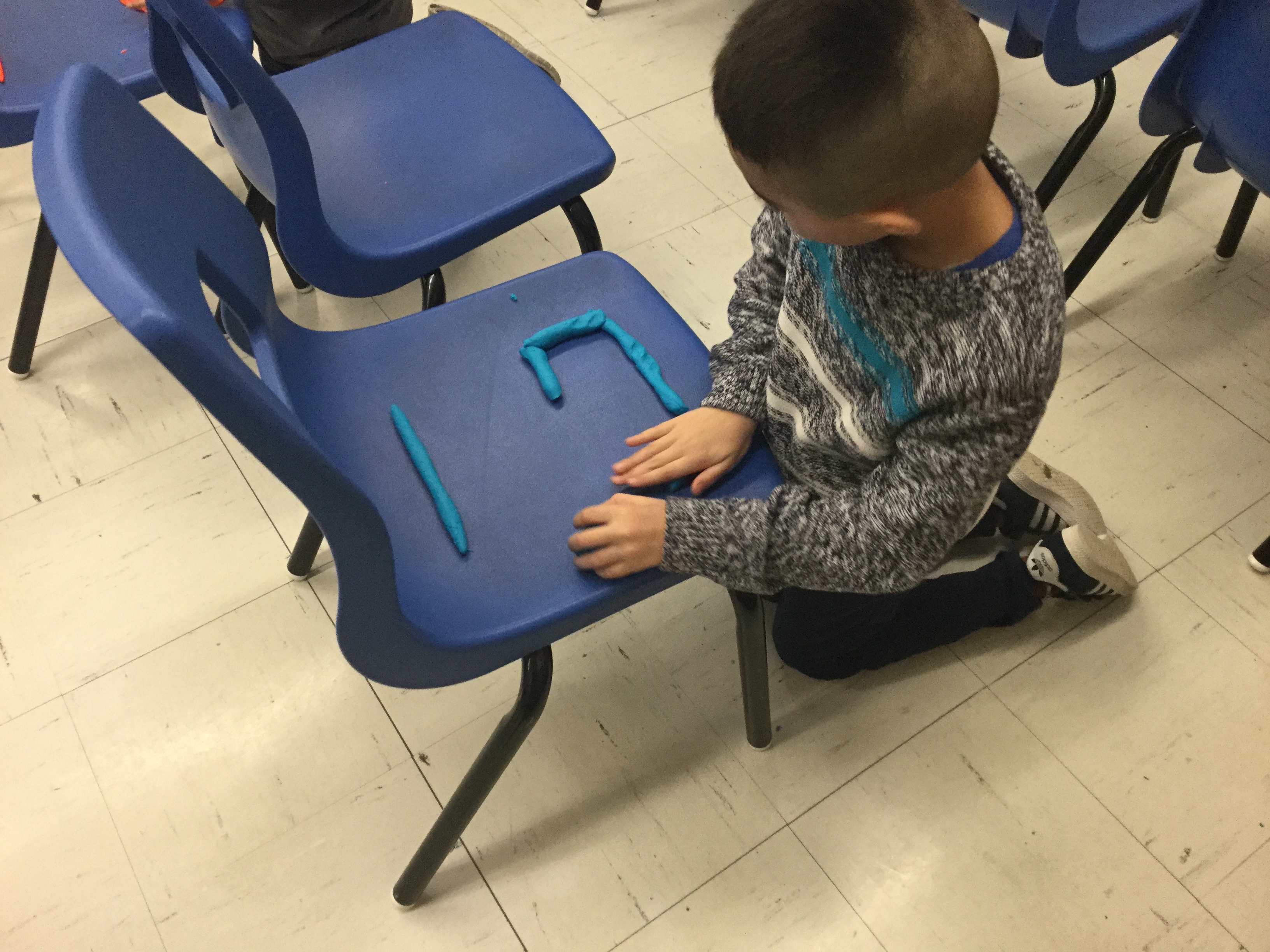Authored and submitted by Louise Campbell, project lead for the Participatory Creative Music Hub
Voice is lauded as the most accessible way into music, but, as many of us know, ‘singing’ can strike fear into the hearts of the most brave. Many of us have come across people in our practices who feel their voices are ‘not good enough’. As Dr. Helen Pridmore writes,
What is a normal vocal sound, anyway? My own world as a singer embraces many different types of vocal sound, intentionally exploring vocal possibilities and working to break down stereotypes of vocal “beauty.”
How can we encourage people to use their voices, in both the practical sense of singing and the metaphorical sense of expressing oneself? This article features strategies for facilitating creativity and expression through the voice, drawing on tips and activities featured in the Participatory Creative Music Hub.
All sound is good - and necessary!
Setting up a situation in which a wide range of vocal sounds are not only acceptable, but necessary can help broaden participants’ idea of what sound is ‘good’. Dr. Helen Pridmore and Dr. Chelsea Jones’s first jam sessions with Astonished!, a community-based organisation for young people with physical disabilities, were based on a familiar person riding her bicycle.
Imagine Brenda riding to campus (the University of Regina campus, where sessions were held) against the wind. What kind of sound does her bicycle make? Now she’s locking up the bike, and coming to meet us…and now she is coasting home with the wind behind her…
As Helen writes, “These kinds of visual stimuli, founded in real life and featuring a well-loved friend, provoked collaborative sound-making and some fun.”
Dr. Naila Kuhlmann’s Piece of Mind, a project that translates the lived experience of people with Parkinson’s disease and dementia through art and science, similarly sets up a familiar situation with lots of room for vocal play. In this case, a short silent film ‘Give us a Hand’ was created featuring a ‘finger acrobat’. The acrobat laboriously climbs up stairs to walk a tightrope, a metaphor for the challenges and successes a person with Parkinson’s experiences daily. The beauty of silent film is that it leaves a lot of room for interpretation: participants improvised a soundtrack in real time to the film using grunts, groans, sighs of relief, hummed melodies and snippets of self-talk. Both the description of the bike and the narrative of the silent film provided fodder for the imagination and encouraged sounds beyond standard ideas of ‘good singing’, leading participants to be playful and expressive with their voices.
Other strategies for vocal expression include:
- Words & Rhythm: Geremia Lorenzo Lodi uses free writing and the rhythm of spoken language to create polyrhythms and textures
- Listening and Sounding Games: Dina Cindric draws on theatre games, improv exercises and traditional Balkan folk music, featuring games including Sound Wheel, Drone Duet and Mirror
- Choral Improv: Paramorph Collective provides exercises such as Magnet Tone, Sound Textures and Spoken Word
Song-based forms obviously provide ample potential for expression. Ruth Eliason’s project The Beat of the Heart. Ruth makes heartbeat recordings with neonatal and palliative care patients and pairs them with favourite songs, creating legacy recordings that are cherished by family and friends. Prends garde à toi with Opéra de Montréal re-writes the opera Carmen, placing people with intellectual disabilities on centre stage to speak and sing about their experiences of discrimination in daily life. Hugh Chris Brown of Pros and Cons Prison Music Program teaches music production skills to inmates, while facilitating access to equipment. The process of songwriting and production provides inmates with a medium through which to process their experiences, engage with others in a positive way, and feel a sense of accomplishment. As Chris says, “All it takes is that first step of going in and engaging.”
For more inspiration, or to submit your own strategies for making music to the Participatory Creative Music Hub, please contact me at mlouisecampbell(at)gmail.com.

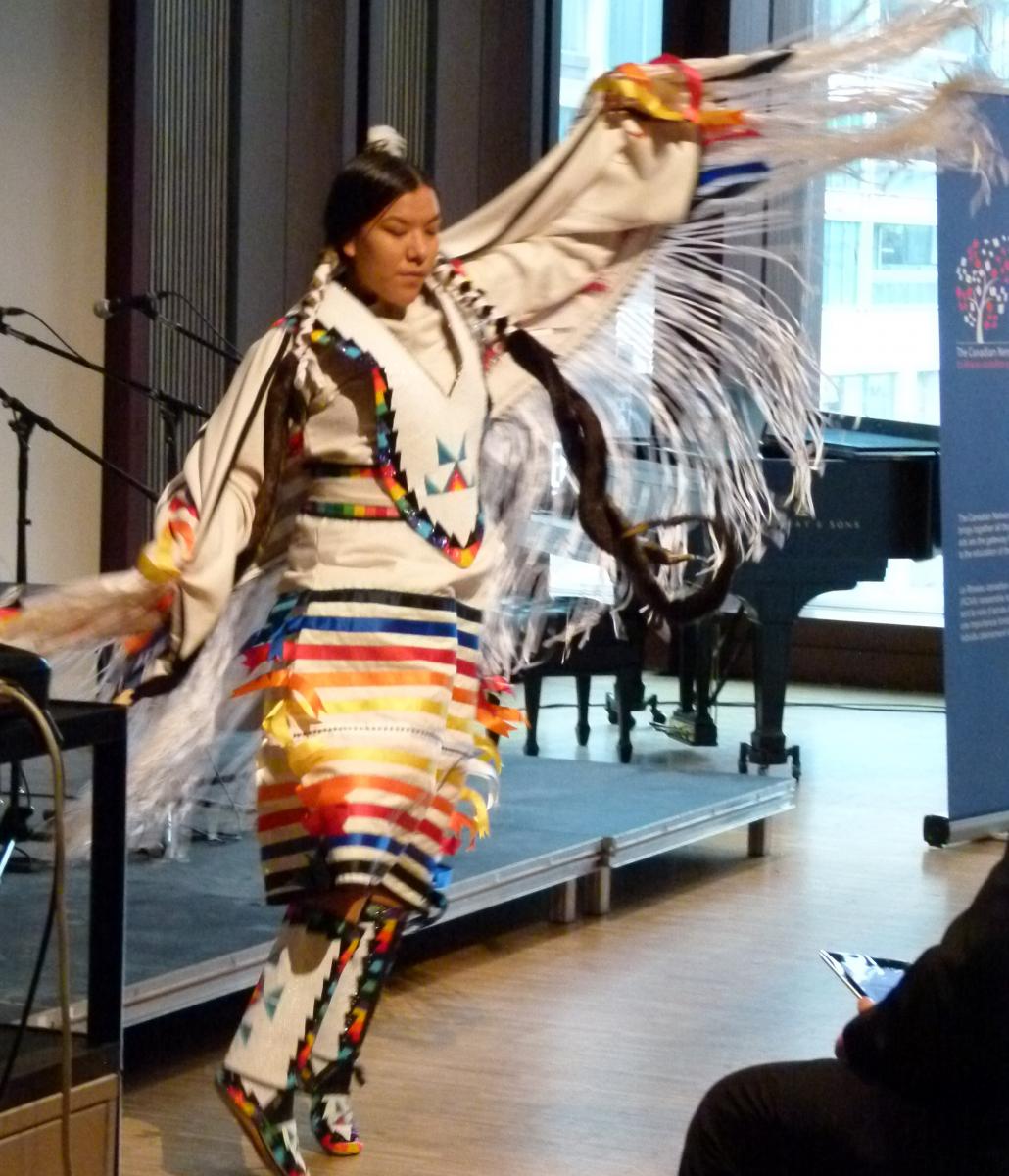
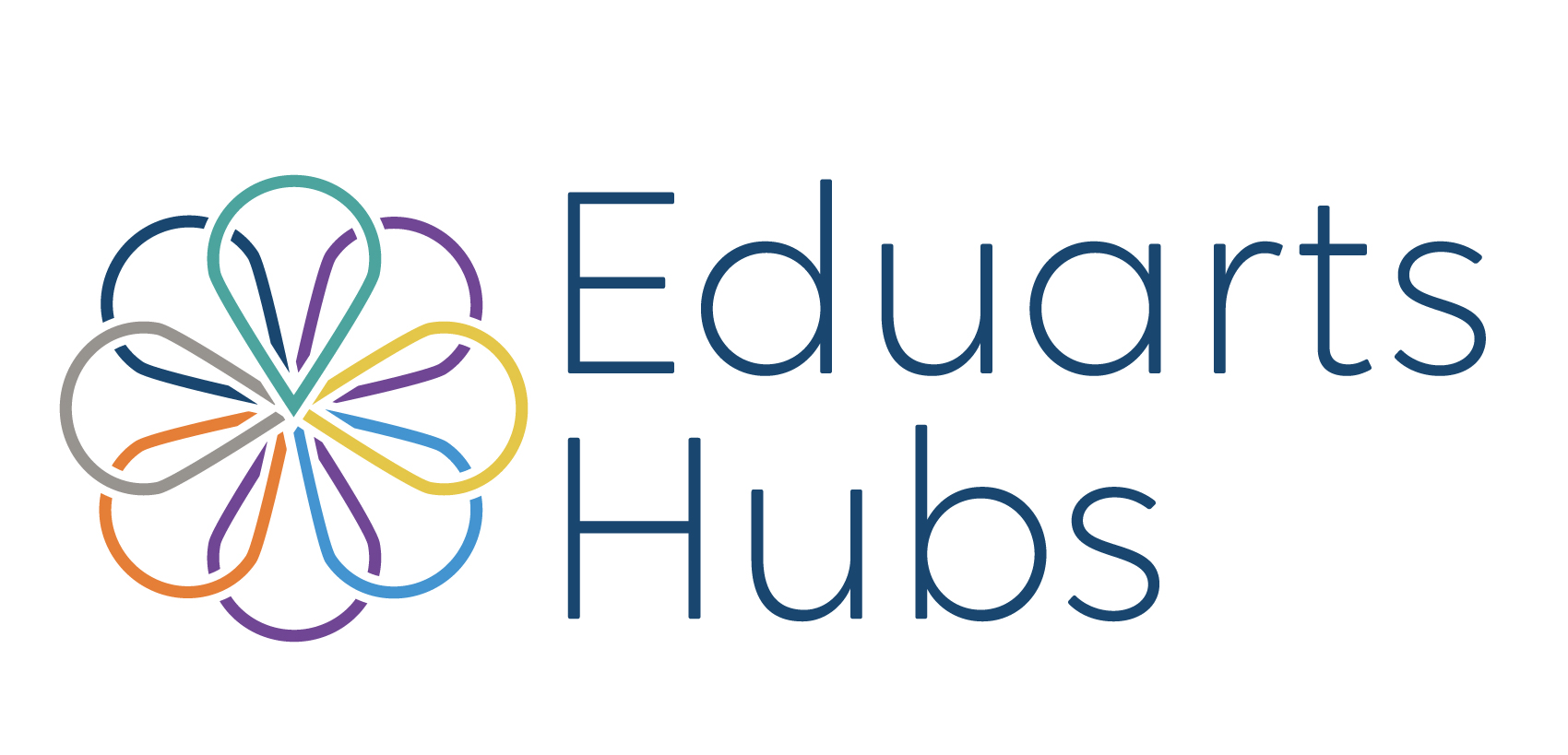

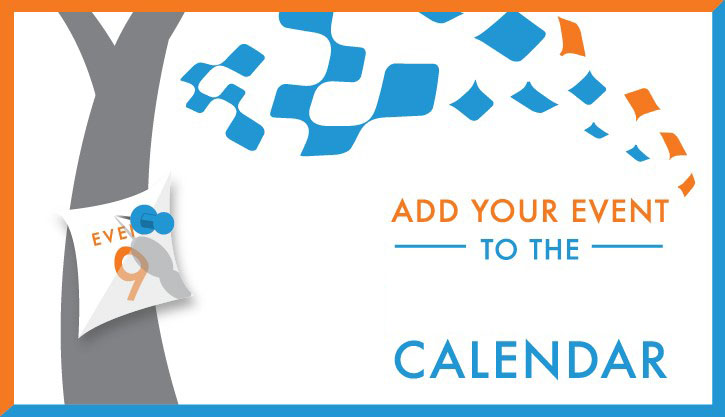
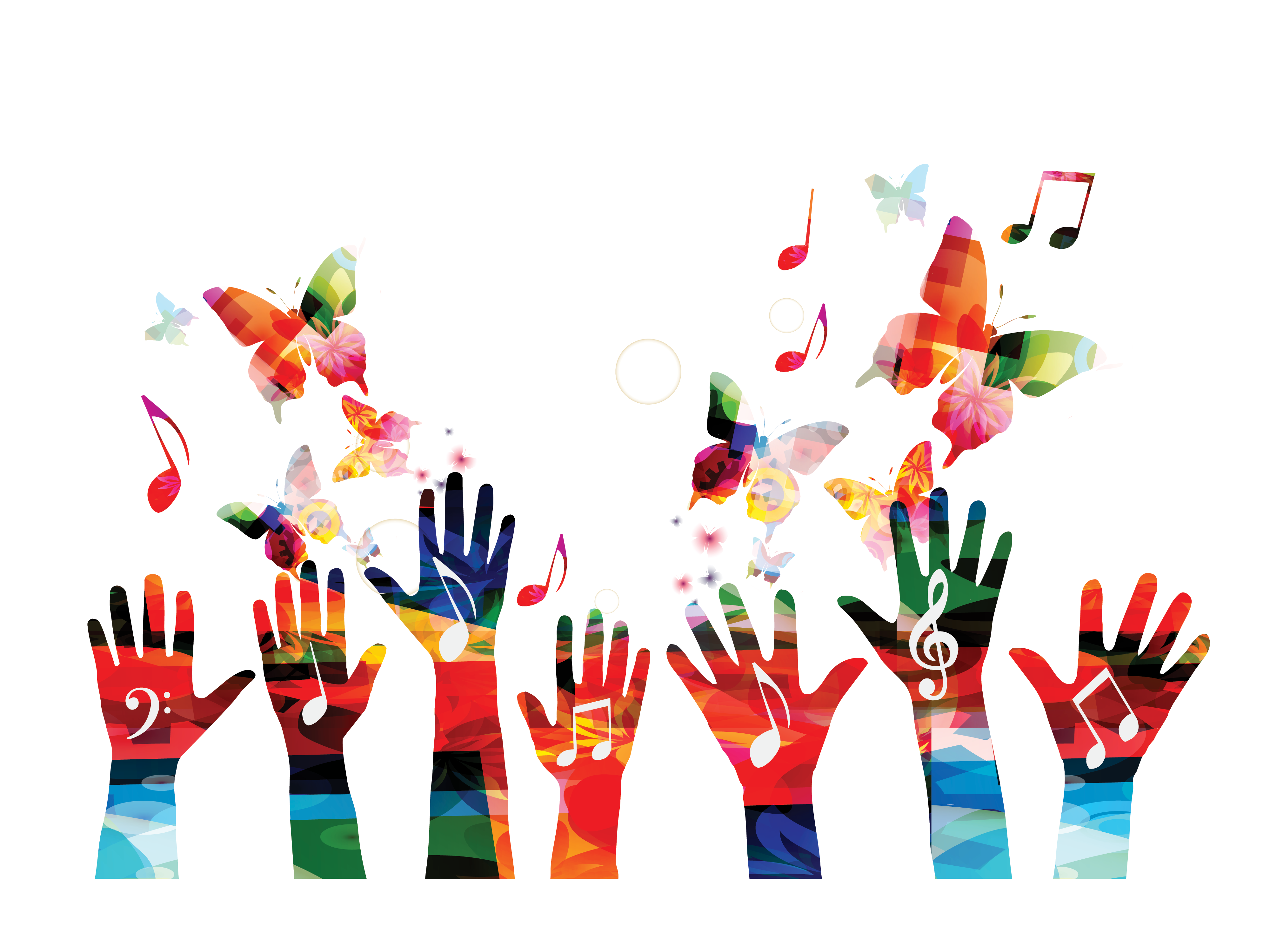








 Community Partners
Community Partners 













